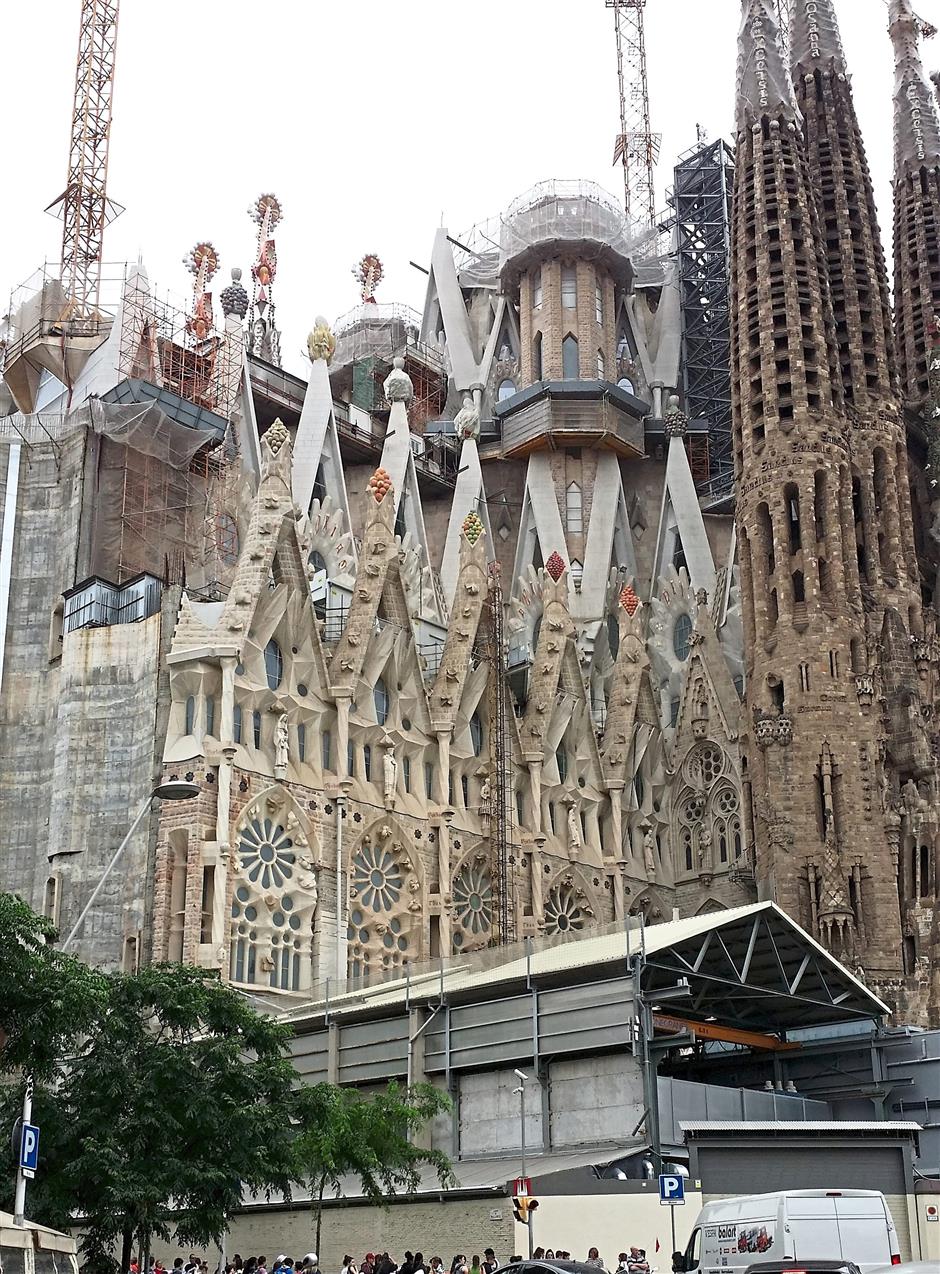(THE STAR/ASIA NEWS NETWORK) - The first thing I hear before beginning a tour of Spain, that colourful country of ruthless bull-fighting, feverish football, and sensual flamingo is: beware of pickpockets.
One of our tour managers, Mr Chong Vui Chan, warns us of the danger before we begin our 12-day Spain/Portugal tour in May. A travel-mate e-mails a list of "dos and don'ts in Spain" sent out by a foreign embassy that also cautions about pickpocketing. And my own research online says that Barcelona - the first stop on our tour and Spain's most vibrant commercial centre - has been dishonourably crowned "the world's capital for pickpocketing" by a travel advisory company.
Why has this crime seemingly become a "career" in this country? The one reason given by all the local guides we meet is the country's high unemployment rate. The Eurozone debt crisis that engulfed much of the European Union from about 2009 was devastating for Spain, where the unemployment rate hit a high of 27 per cent in the first quarter of 2013.
Although the economy is recovering now, partly on the back of robust tourism, the unemployment rate has stayed high, at 18.75 per cent, meaning 8.3 million Spanish people are jobless.
"Pickpocketing is still serious in Spain, though it is not as bad as three years ago. But the good thing about Spain is that there is very little violent crime," says Mr Chong.
In other words, apart from having to be a little more vigilant than usual about your pockets (also handbags, wallets, etc), Spain is a safe place to travel in. In fact, the country's rich heritage, interesting tourist spots,and beautiful countryside are attracting tourists from all over the world - Spain welcomed 75 million visitors in 2016.
Beauty of the holy

Among this largely Catholic nation's popular attractions are its magnificent cathedrals and churches. What enthrals me the most, however, is that its most-visited church is a 135-year-old unfinished structure in Barcelona.
The Sagrada Familia is a large Roman Catholic cathedral associated with famous architect Antoni Gaudi (1852-1926); it is now part of a Unesco World Heritage Site.
Construction of the building began in 1866; Gaudi took over with his own design ideas in 1883 and was still working on it when he died. Progress has remained slow because work was interrupted by the Spanish Civil War in 1936-1939, and it is funded entirely by private donations and tourist receipts.
We are told by our local guide that Gaudi, who devoted the last 40 years of his life to this unprofitable project, died a pauper. "When he was hit by a car, everybody thought he was a beggar." He died in hospital after the accident.
Nowadays, Gaudi and his works are celebrated in Barcelona and the continuing construction of the Sagrada Familia remains faithful to his freely expressive organic style.

This magnificent piece of Gothic architecture is now scheduled to be completed by 2028.
But after visiting the massive building with its meticulously fine carvings of the life and death of Jesus Christ, and learning there are still more towers to add, I have to wonder if it will ever be completed.
And there is, of course, Spain's other famous religious building (which also inspired me to buy a book to learn more about it): the Mosque of Cordoba, which has a 16th-century cathedral in its central part. Imagine, a church within a mosque.
Construction of the Great Aljama Mosque on the site of a monastery in the southern city of Cordoba was begun in 786 by Abd al-Rahman I after Arab Muslims conquered Spain.
The mosque was converted into a cathedral when Fernando III conquered Cordoba in 1236.
This conversion may be responsible for the building's excellent state of preservation, as no other mosque from that age has survived intact in this area.
The Mosque of Cordoba is now a Unesco heritage site attracting three to four million visitors a year.

Although a Gothic cathedral was built inside subsequently, large expanses of 11th-century Umay-yad Caliphate craftsmanship still remain. The gorgeous Islamic architecture, seen as the highest expression of Islamic art in Spain, is said to make this the most important historic mosque of the West.
During our tour of this building, our Christian guide speaks passionately about the Islamic inscriptions on the walls and ceilings. To her, this is part of a national heritage that is to be treasured, regardless of one's religion and background.
Muslim architectural influence in Spain can also be seen in the renowned Moorish citadel and palace called the Alhambra, preserved in Granada in southern Spain.
Missing in action
The tour doesn't include a bullfighting match, though we are taken into a bullfighting ring and museum. Chong says that on previous tours, many people walked out before the match ended.
This business is indeed on the decline mainly because more and more people view killing a bull to win an honour "too cruel and bloody".

An entry ticket to a bullfight starts at about €100, I discover after Inquiring at the ticket counter.
This centuries-old entertainment is now banned in Barcelona and the old ring in the city's centre has been turned into a shopping area.
Shopping is not an activity given much focus on our tour. After most members of the group ask for time to go shopping, however, the tour manager obliges.
To me, shopping is one way of understanding people's way of life and the economic structure of a country.
And shopping is, course, therapy to boost your happy cells! I often quote a Chinese saying when people frown over my shopping: "Practising thriftiness is virtuous, but spending money is happiness."
When I return home, my suitcase is full of Spanish olive products, dried fruits, and souvenirs - some for self-consumption and display, others for friends. Seeing others enjoying your food is also cause for happiness.
Further happiness: At the end of our journey, not one of our 25-member group - including our tour manager - had been pickpocketed.

